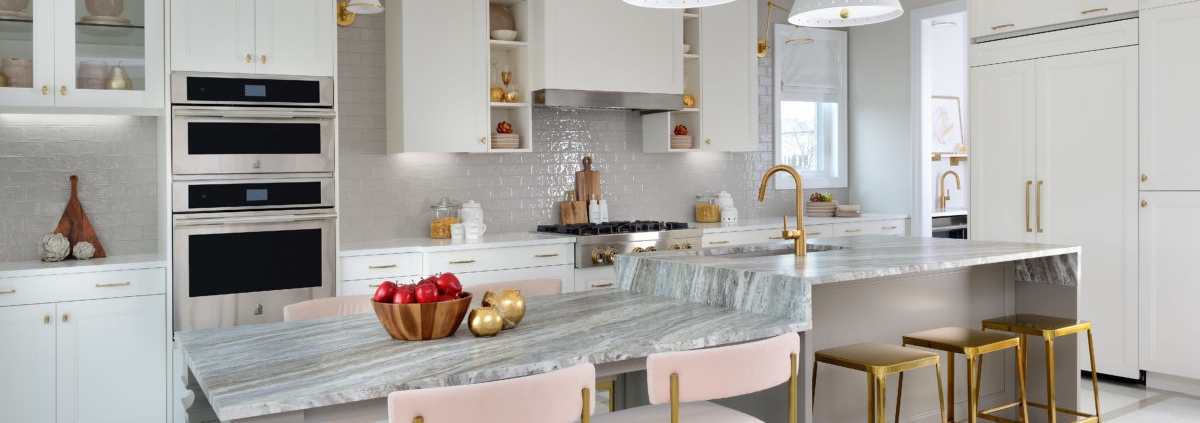The Core Elements Of Interior Design
Many facets of interior design have a role in a design endeavour. Let’s take them one by one:
1. Space
As an interior decorator, you must first consider Space. All design ideas start with space planning. Everything from floor layouts to interior design revolves around this one factor.
2D modelling is simple to use to gain a basic understanding of the space as well as how to utilize various design features to produce symmetry. However, using 3D software can help you see the various internal spaces and what they can be used for. 3D rendering and modelling also boost the client’s aesthetic interest.
Space planning involves deciding how so much open space to include, where to place furniture, and how to balance your floor plan. Read also Principles of Interior design.
2. Line
Line is the second most significant design element. This design feature allows you to create a theme in your home.
If your design concept is minimalism, you can utilise simple horizontally or vertically lines. However, lines can provide dramatic finishing to rather simple design ideas.
Lines can be used to align design elements or even to create an uneven balance. Lines might be whimsical or subtle. In either case, they are vital to any design effort.
3. Forms
Form should always follow function in home design. That is, forms add to the aesthetic appeal of the any interior design trend.
As an interior designer, one can experiment with natural shapes, which incorporate natural colours and components. Homeowners frequently want natural forms to avoid using empty space in their very own homes. Natural forms are usually rustic or traditional since they utilise basic elements.
Geometric forms can also be used in contemporary and modern space planning. Geometric shapes are very trendy nowadays. They provide a touch of variety to a plain setting.

4. Light
Whether you are designing a new home or renovating an old one, the light should be your main focus. It sets the tone for the room.
Large windows and skylights provide plenty of natural light, while accent lighting adds a fun element to the general mood of the room.
The kitchen, dining room, as well as living room should be brighter. You can also utilise concentrated lighting that only illuminates the dining or coffee tables while dimming the rest of the room.
In the bedroom and bathroom, homeowners prefer low lighting while brighter lighting is kept for more urgent situations. Maintain a complementary balancing act between the lighting as well as the other elements.
5. Color
The colour scheme is another essential component that impacts a home’s attractiveness. While it may appear that choosing furniture and art sets the ambiance of a room, it is really the colours that set its overall temperature.
Color psychology influences the inhabitant’s mood. Colors have varying psychological affects on people. That is, how these colours are perceived and interpreted varies from individual to individual. Bright colours can be good to some, but might be palpitating to others. The colours chosen in the room will also affect their attitude. To preserve a sense of equilibrium, it is important to mix lively and boring hues.
For example, red motivates the human brain. It makes a person passionate in their lives, careers, families, and selves. Too much red may cause hyperventilation, irritability, and even violence. If you add red to a room’s walls, you must counterbalance it with more neutral furniture colours. Employ red in patterns, lines, and art, and neutral hues on the walls.
6. Texture
Texture is much more than a visual aspect in interior design. The textures you employ in your home represent the personality and hobbies of the owner.
While visual texture, such as Caravaggio’s paintings, might lend appeal to a room, it is the tiny nuances of physical texture that provide realism. You can neutralise the impression by contrasting them.
7. Pattern
Finally, pattern is a very important component in interior design. Patterns can be used on walls, furniture, or even lighting.
To add depth in your design concepts, employ radial patterns, straight lines, and geometric shapes. Patterns can also be used in materials.
For example, you can use a Scandinavian interior design with a simple structure and colour scheme. The drapes, beds, lighting, and other decor items can all be patterned.



